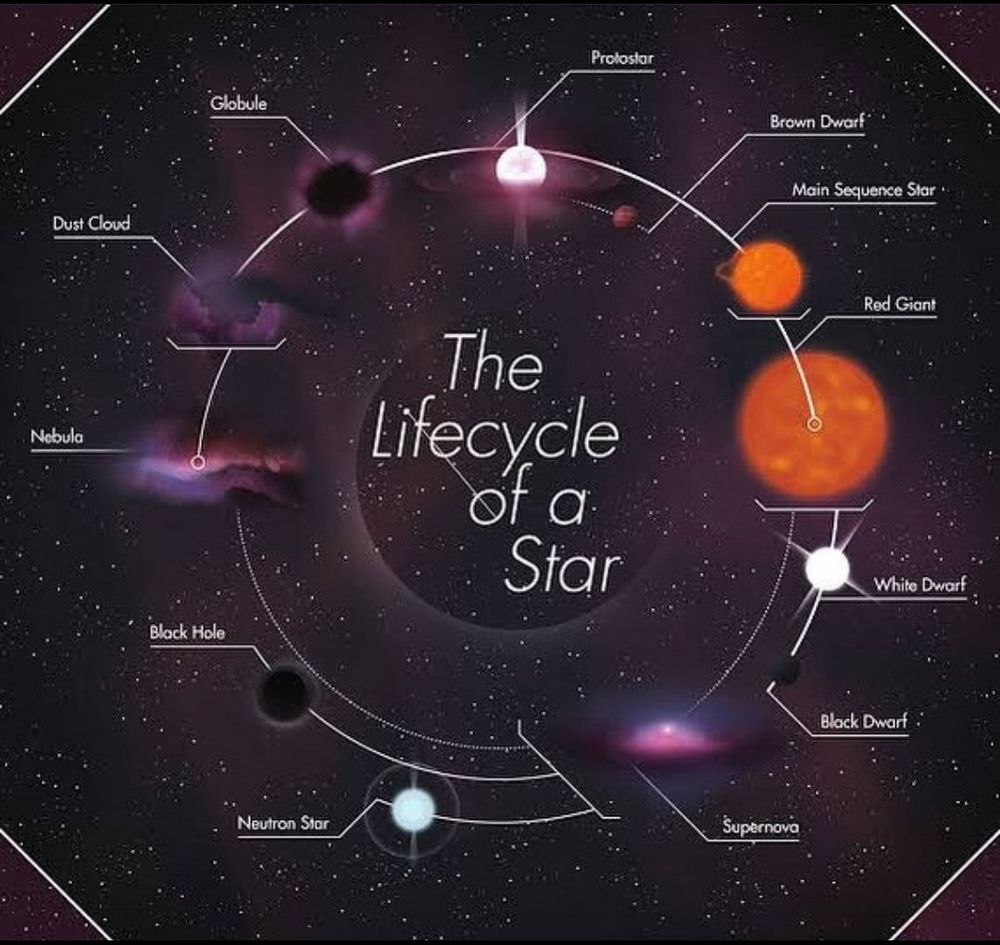Page 8052
Jan 7, 2020
Inside Samsung’s Futuristic $300 Million Office | Open Office | WSJ
Posted by Derick Lee in category: futurism

Samsung’s North American headquarters was designed to integrate into Silicon Valley, not wall employees off from it. Take a tour with WSJ’s Adam Falk as he checks out the workspace, including its elevated, open-air gardens.
Photo: Verus Productions
#WSJ #Samsung #OpenOffice
Jan 7, 2020
Treating Glaucoma with Senolytics
Posted by Ian Hale in categories: biotech/medical, life extension
New research suggests that senolytic drugs, which remove harmful senescent cells that accumulate during aging, may be an effective therapy for glaucoma, a common age-related condition that leads to loss of vision.
In the short term, inflammation serves a useful purpose, as it helps to spur the repair and regeneration of tissue and rallies the immune system to defend against marauding invaders.
However, the chronic, smoldering, low-grade inflammation that occurs during aging can be incredibly harmful. The sources of this “inflammaging,” as some researchers describe it, include (but are not limited to) dysfunctional immune cells, cell debris, disruption to the gut microbiome, and senescent cells. Today, we are concerned about the latter after the release of a new study focusing on senescent cells and glaucoma [1].
Jan 6, 2020
Graziano Lab: CONSCIOUSNESS AND THE SOCIAL BRAIN
Posted by Mike Diverde in category: habitats
If you’re interested in mind uploading, then I have a chapter that may be of interest to you. The title is:
by Michael Graziano and Taylor W. Webb.
This chapter describes in straightforward language a theory of consciousness termed Attention Schema Theory.
Continue reading “Graziano Lab: CONSCIOUSNESS AND THE SOCIAL BRAIN” »
Jan 6, 2020
Iranian hackers are likely planning social engineering and phishing attacks — but web site defacements are meaningless
Posted by Quinn Sena in category: futurism
City governments, agencies and companies are on high alert for ramped-up cyber activity possibly emanating from Iran. But attacks to a handful of websites across the globe, purportedly in the name of Iranian activists groups, aren’t cause for much concern and can’t truly be attributed to Iran in the short term.
Using the Molonglo Observatory Synthesis Telescope (MOST), astronomers have detected a glitch in the radio pulsar PSR J0908−4913. The finding, detailed in a paper published December 18 on the arXiv preprint server, could be helpful in shedding more light on the properties and nature of this pulsar.
Extraterrestrial sources of radiation with a regular periodicity, known as pulsars, are usually detected in the form of short bursts of radio emission. Radio pulsars are generally described as highly magnetised, rapidly rotating neutron stars with a lighthouse beam of radiation that produces the pulsed emission.
Glitches are sudden changes of the pulsar’s spin rate. The exact cause of the glitches is still unknown, however, they are believed to be caused by an internal process within the pulsar. The most popular hypotheses suggest that the glitches can originate from either a transfer of angular momentum from the core to the crust via the unpinning of superfluid vortices or cracking of the star’s crust. Identifying and studying new glitches could therefore be crucial to improve our understanding of their origin and the nature of pulsars in general.
Jan 6, 2020
SpaceX launches 60 more satellites
Posted by Alberto Lao in categories: internet, satellites

BLASTOFF! SpaceX’s Falcon 9 rocket launched 60 more mini internet satellites from Cape Canaveral in Florida on Monday night. https://abcn.ws/36r7JOC
Jan 6, 2020
With Monday night launch, SpaceX to become world’s largest satellite operator
Posted by Genevieve Klien in categories: internet, satellites

If all goes to plan, this mission will be just the first of as many as 20 Starlink launches this year as SpaceX builds up a constellation of satellites in low-Earth orbit to provide global Internet service. SpaceX may begin to offer “bumpy” service by the middle of this year to some consumers.
Following this next launch, scheduled for 9:19pm ET Monday (02:19 UTC Tuesday), SpaceX will have a constellation of nearly 180 satellites in low-Earth orbit, each weighing a little more than 220kg. This will make the company simultaneously the world’s largest private satellite operator (eclipsing Planet Labs), while also being the most active private launch company.
Continue reading “With Monday night launch, SpaceX to become world’s largest satellite operator” »
Jan 6, 2020
China publishes Chang’e 4 data one year after first landing on far side of the moon
Posted by Alberto Lao in category: space
Chinese officials marked the one-year anniversary of the Chang’e 4 mission’s historic first soft landing on the far side of the moon Friday with the public release of data collected by scientific instruments and cameras on the lunar lander and rover.
The Chang’e 4 lander and Yutu 2 rover landed together on the lunar surface Jan. 3, 2019, marking the first time a spacecraft has ever safely touched down on the far side of the moon.
Around 12 hours after touchdown, the Yutu 2 rover drove down a ramp to disembark from the Chang’e 4 mission’s stationary landing platform to begin exploring the barren lunar landscape.















